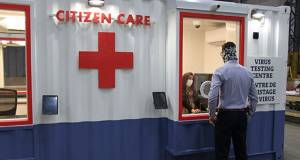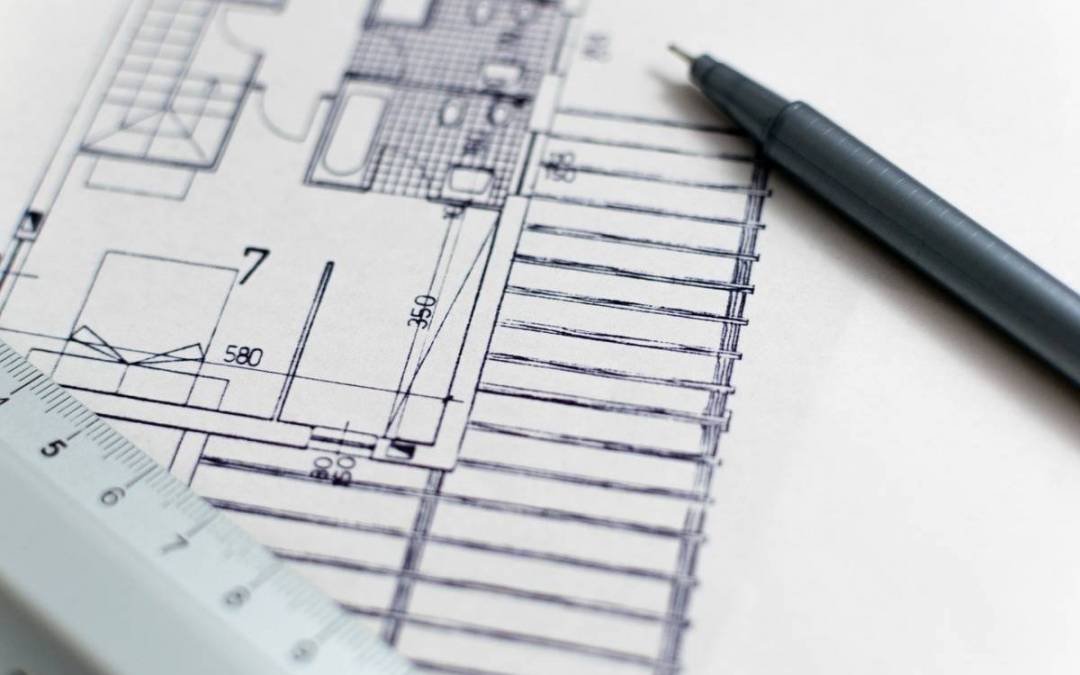“The only way to make sense out of change is to plunge into it, move with it, and join the dance.” – Alan Watts
Before COVID-19, the construction industry was already a lively, creative and technologically advanced industry. During the government shutdown, architects, contractors, engineers and planners developed some uniquely innovative ideas for how to move forward with construction during and after the crisis. In this article, we feature just four of the countless innovations developed recently. We’ll also share how Mowery is taking related action to these ideas.

https://www.bdcnetwork.com/pcl-construction-rolls-out-portable-coronavirus-testing-centers
Innovation 1:
Portable COVID-19 testing centers
These testing centers were developed by a Canada-based construction company using prefabrication technology. The centers can be transported by trailer and set in place with forklifts. Testing centers can be created for drive through capabilities or with walk-up counters.
Prevention and pre-screening is essential on Mowery Jobsites. Each day, every worker reporting for duty runs through an extensive pre-screening process, including using advanced laser thermometers to take workers’ temperatures, to ensure that everyone present on our jobsites are healthy and able to work.
Innovation 2:
Jobsite safety: social distancing monitoring
Because all spaces on a jobsite cannot be seen at all times, it can be difficult for managers to monitor social distancing. Genda Tech, an Israel-based construction tech company, recognized this need and developed a system to help supervisors limit the number of workers in a given space.
Each Mowery jobsite has a team of COVID/Pandemic Safety Officers comprised of one representative from each subcontractor. As a collaborative network, everyone is responsible to manage and monitor social distancing on the jobsites including daily huddles to discuss site conditions, logistics and work areas for the day and ways to mitigate possible close encounters.
Innovation 3:
Need for flexibility and spacing in building design
The future of building design may change dramatically after what we’ve learned from COVID-19. New policies, protocols, and processes may arise that require hospital rooms, offices, and or other group gathering spaces to be flexible and adaptable for different scenarios.
Moving forward, Mowery will work closely with architects to ensure clients’ individual needs are understood and addressed so their customers, residents, patients, students, and/or employees are safe and able to adhere to health standards. The construction industry is becoming increasingly mindful of ways to design for safe entry/egress without crowding, adequate wayfinding, and need for open spaces.
Innovation 4:
Virtual site visits help with social distancing and continue site progress
Using point cloud technology, a virtual site can be translated into a BIM model to create a space for virtual site visits. In some cases, detailed in this article, the necessity for on-site visits by architects and clients was decreased by 70-80 percent.
Prior to COVID-19, Mowery was already monitoring jobsites online with 24/7 cameras, utilizing cloud-based software systems to manage updates, and hosting virtual video meetings. With these and other methods in place, Mowery is able to eliminate unneeded site visits, raise safety for all team members, and keep jobs running smoothly.
The construction industry requires an adaptable attitude and a forward-thinking mindset. Through this crisis, many construction companies have come together to share ideas and support one another through this difficult time. With innovative ideas like the ones listed above and the many more that will follow, the construction industry can continue to thrive and become stronger, safer, and more efficient.
 Login
Login
